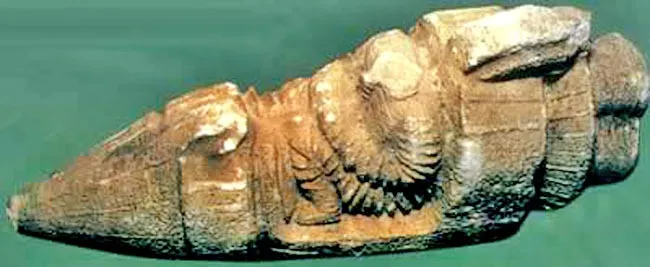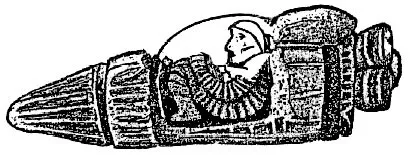Discovered by Zecharia Sitchin in Turkey back in 1973, a remarkable artifact dating back 3000 years has intrigued researchers for decades. Resembling a spaceship equipped with modern engines, the enigmatic stone artifact depicts a figure in what appears to be a spacesuit, hinting at the possibility of ancient astronaut visitations to Earth.

According to Sitchin, the artifact was discovered in a town called Tushpa, known today as Toprakkale, located near Van Lake. During the 9th century BC, Tushpa served as the capital of the Kingdom of Urartu, also referred to as the Iron Age Kingdom or the Kingdom of Van. Situated in the Armenian Highlands, the Urartian kingdom was in close proximity to Van Lake.

In his book “The Earth Chronicles Expeditions,” Sitchin described the rock artifact as a sculpted scale model resembling a space vehicle. It measures 23 cm in length, 9.5 cm in height, and 8 cm in width. According to Sitchin, the object features a rear bug exhaust engine surrounded by four smaller exhaust engines. The rocket ship appears to have space for a pilot, although the head of the pilot was unfortunately missing.

Sitchin also describes the pilot as seated in the space capsule with his legs bent up toward his chest, wearing a skin-tight pressure suit that fully covers his body. As of now, this 3000-year-old artifact is housed in the Archaeological Museum of Istanbul.





